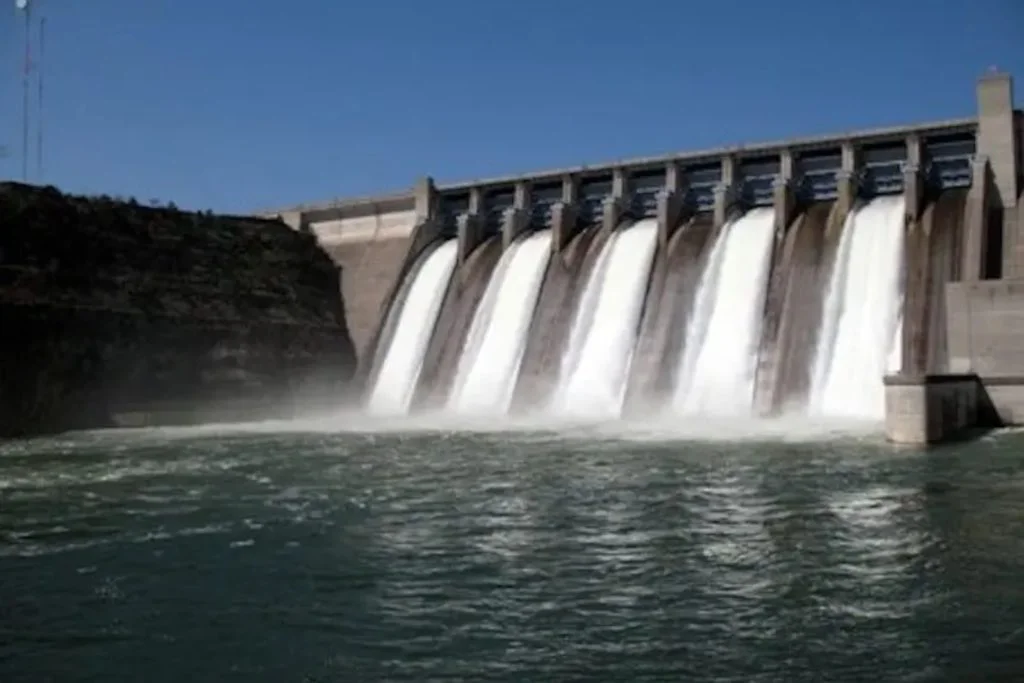
The Nigeria Hydrological Services Agency, NIHSA, has urged states along the Benue River to increase their vigilance.
The call is coming following the ongoing plan by the management of the Lagdo Dam in Cameroon to open the dam for water to gush out.
In a statement made available to journalists on Tuesday by the NIHSA, signed by the Director General and the Chief Executive Officer, Umar Ibrahim Mohamed, he said the states likely to be affected by the flow of water from the dam are: Adamawa, Taraba, Benue, Nasarawa, Kogi, Edo, Delta, Anambra, Bayelsa, Cross River, and Rivers.
The agency also called on governments at all levels to implement adequate preparedness measures to mitigate potential flooding that may result from rising river levels during this period.
The release of water, the statement said, will begin at a rate of 100 cubic meters per second (8.64 million cubic meters per day) and is expected to gradually increase to 1,000 cubic meters per second over the next seven days, depending on inflows from the upstream Garoua River, the primary feeder of the reservoir and a significant contributor to the Benue River.
“The Cameroonian dam authorities assured NIHSA that the water releases will be regulated to avoid exceeding the capacity of the Benue River and triggering major flooding downstream in Nigeria.
“The controlled water releases will cease once there is a noticeable decrease in inflow into the Lagdo reservoir,” the statement read.
NIHSA emphasized that there was no immediate cause for concern, as significant flooding downstream in Nigeria was not anticipated, adding that current water levels along the Benue River remained within safe limits.
The agency also assured the public that it would continue to closely monitor water levels along the Benue and other national inland rivers, providing regular updates to prevent any flood-related disasters.










